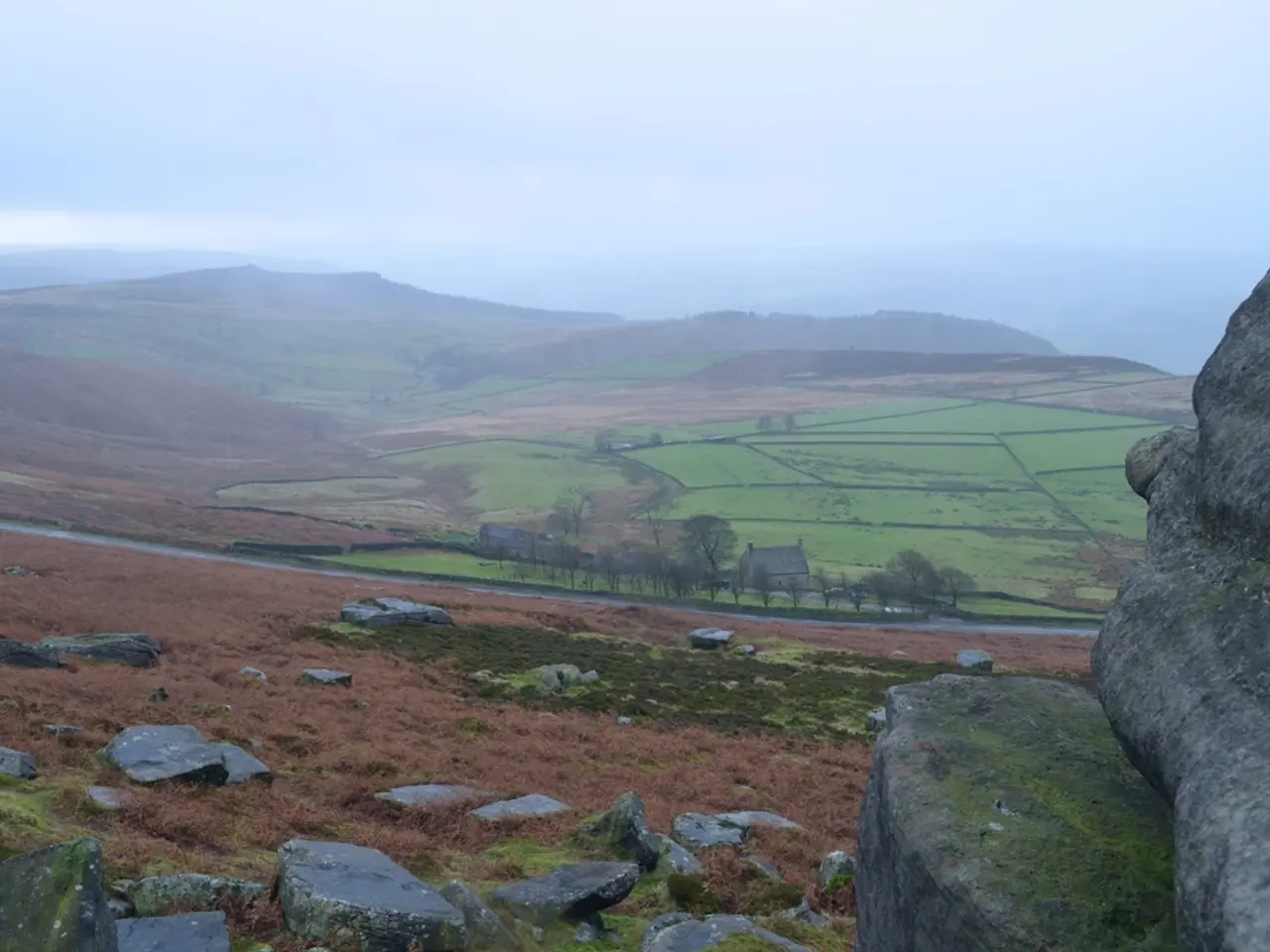Following the Nomadic Footsteps of the Himalayan Shepherds on the Gaddi Pathway
**Exploring the Vibrant Lifestyle of the Gaddi Tribe in the Chamba-Bharmour Region**
Embarking on a journey from Delhi to the picturesque region of Chamba in Himachal Pradesh, the author traversed the Ambala-Ludhiana- Jalandhar- Pathankot- Chamba route, taking in the breathtaking landscapes and rich cultural heritage along the way.
The journey led to the heart of the Chamba-Bharmour region, home to the **Gaddi tribe**, renowned for their traditional lifestyle and culture deeply rooted in pastoralism, transhumance, and a rich oral heritage.
The Gaddis are **nomadic shepherds** who follow a **transhumant lifestyle**, seasonally migrating with their herds of sheep and goats between high-altitude summer pastures and lower-altitude winter settlements, such as Kuarsi and Kugti. This migratory pattern aligns with natural seasonal rhythms to optimize grazing resources.
Their life revolves around **shepherding and herding**, living in close harmony with the mountainous environment. Villages like Kuarsi and Kugti serve as key winter settlements where families reside before moving up to alpine meadows during summer. The arrangement of their homes and villages reflects practical adaptation to harsh climatic conditions, often featuring stone houses with flat roofs to withstand snow.
The **Gaddi culture** is rich in oral folklore and music, with stories like the tragic love story of Bhunku and Sunni symbolising deep cultural values and the Gaddis' connection to the landscape. The tribe observes vibrant customs and rituals tied to their pastoral way of life, including traditional songs, dances, and festivals that celebrate seasons, livestock, and religious beliefs.
One prominent cultural expression is the **Gaddi folk dance**, performed on auspicious occasions and festivals. This dance is energetic and communal, often involving attire and movements unique to the tribe. The people speak their own dialect, which varies slightly depending on the region, preserving distinct linguistic elements amid the broader Himachali culture.
The Gaddis traditionally worship a blend of **Hindu deities** and **local nature spirits**, often invoking gods like Shiva, whose presence is revered in Bharmour, considered a sacred place. Shrines, small temples, and ritual sites spread across their migratory routes and settlements are integral to maintaining spiritual practices and cultural identity.
Besides pastoralism, some Gaddis engage in subsistence **agriculture** during their stay in lower villages, growing crops suited to the region's short growing seasons.
The Kugti Wildlife Sanctuary, located in the region, is known for its rich biodiversity. During the author's visit, a walk through the sanctuary offered a glimpse into the diverse flora and fauna thriving in this picturesque landscape.
The traditional clothing of the Gaddi tribe includes a garment called the **Choru**, made from pure sheep wool (pashmina) and converted into a makeshift tent when needed. The tribe takes utmost care to avoid food wastage, and their dietary habits consist of eating once or twice a day at the maximum.
The Ravi Valley of Chamba is considered the homeland of the Gaddis, where their resilient adaptation to the Himalayan environment and vibrant cultural identity have been preserved through generations. The houses of Kuarsi, with their unique blend of wood, mountain rocks, and slate roofs, provide a testament to this rich heritage.
The journey to Chamba and Bharmour was planned as part of the author's visit to learn about the Gaddi tribe, offering a fascinating glimpse into a way of life that harmoniously blends with the natural environment and preserves a rich cultural identity.
The author's travel through the vibrant landscapes of Chamba-Bharmour unearths the lifestyle of the Gaddi tribe, who are known for their nomadic shepherding and transhumant way of life (lifestyle, travel). The Gaddi culture, rooted in pastoralism and vibrant oral folklore, is closely tied to the natural rhythms of their high-altitude migratory routes and seasonal settlements (lifestyle).




